
Hue heritage "moves" thanks to Hue Festival. Photo: Hue Monuments Conservation Center
“Sky, Mountains, Water” by King Ham Nghi
The exhibition of paintings “Sky, Mountain, Water/Allusive Panorama” by King Ham Nghi, taking place from March 25 at Kien Trung Palace, Hue Imperial City, has attracted great attention from both within and outside the country. More than 20 original oil paintings created by King Ham Nghi during his exile in France and Algeria have been repatriated and displayed here. King Ham Nghi is not only a national hero but also one of the first two Vietnamese artists to approach Western academic painting.
His landscape paintings express nostalgia for his homeland and a yearning for freedom. This event has brought about a wonderful intersection between heritage and art in the place associated with King Ham Nghi.
Not only was Kien Trung Palace designed according to international museum display standards to protect the paintings, but at Hue Festival 2023, for the first time in nearly 25 years of the festival's history, Kien Trung Palace was chosen as the stage for the opening and closing nights and Trinh Cong Son's music night, instead of the traditional stage at Ky Dai - Ngo Mon. This bold decision made a strong impression: Visitors not only admired the newly restored structure but also lived in an artistic atmosphere imbued with Hue. The stage lighting highlighted each wall, column, and decorative pattern, evoking the feeling of "the relic stirring" after many years of being forgotten.
The performances at Kien Trung Palace received much praise from experts and the public, because they showed that heritage is not only "framed" but also knows how to "move" and accept contemporary breath.
This is the criterion set forth by the Hue Festival organizers: "Preserving or restoring an intact heritage without doing anything, in the end it is just a dead heritage." Now, Kien Trung Palace has become a typical symbol of how relics are revived and their value is promoted in the modern flow.
Hue Festival opens heritage for integration and development
Since the Hue Festival first opened in 2000, the culture and heritage of the ancient capital has entered a new chapter: Monuments are no longer quiet spaces, only for sightseeing, but have become stages and sources of inspiration for art programs.
Starting from Ky Dai - Ngo Mon, Dien Tho Palace, National Academy Stele..., over many seasons, the organizers have turned historical structures into art venues. Tourists coming to Hue therefore not only admire the ancient beauty, but also feel the "modern breath" spreading into the ancient royal space.
Over the past two decades, the Hue Festival has gradually shifted from a biennial model to a “four-season festival” taking place all year round. The organizers want to disperse the events so that visitors have more time options, while also taking advantage of diverse relic spaces for performances. When the relics become “stages,” the structures themselves – whether royal palaces, temples or the banks of the Perfume River – are also renewed and become more sparkling. That is the way to breathe contemporary life into the relics, helping them not to be simply nostalgic.
Looking back over 20 years of development, Hue Festival has fulfilled its mission of "bringing new life" to heritage. From the first seasons, the organizing committee has proactively brought contemporary art programs, international folk music, and street carnivals into the space of the ancient capital. This is a clear expression of the idea of "cultural heritage with integration and development," helping Hue both preserve traditional values and absorb the quintessence of world culture.
International experience shows that the best way to preserve heritage is to "breathe" it with modern vitality, helping it not to be stagnant. UNESCO has praised Hue for its efforts in preserving and restoring the royal palaces and mausoleums, as well as training a team of highly skilled restorers who are ready to pass on their knowledge to the next generation.
In September 2023, Ms. Audrey Azoulay - Director General of UNESCO, when visiting Hue, commented that the city's heritage had passed the "emergency rescue" stage after the devastation of war, entering a period of stability and sustainable development. She was particularly impressed with the way the relics "live" in cultural activities, maximizing their value instead of just lying still, becoming "dead" heritage.
Source: https://laodong.vn/du-lich/tin-tuc/festival-hue-gop-phan-lam-song-lai-cac-di-san-co-do-1498361.html





![[Photo] President Luong Cuong and Sri Lankan President Anura Kumara Dissanayaka visit President Ho Chi Minh relic site](https://vstatic.vietnam.vn/vietnam/resource/IMAGE/2025/5/5/0ff75a6ffec545cf8f9538e2c1f7f87a)


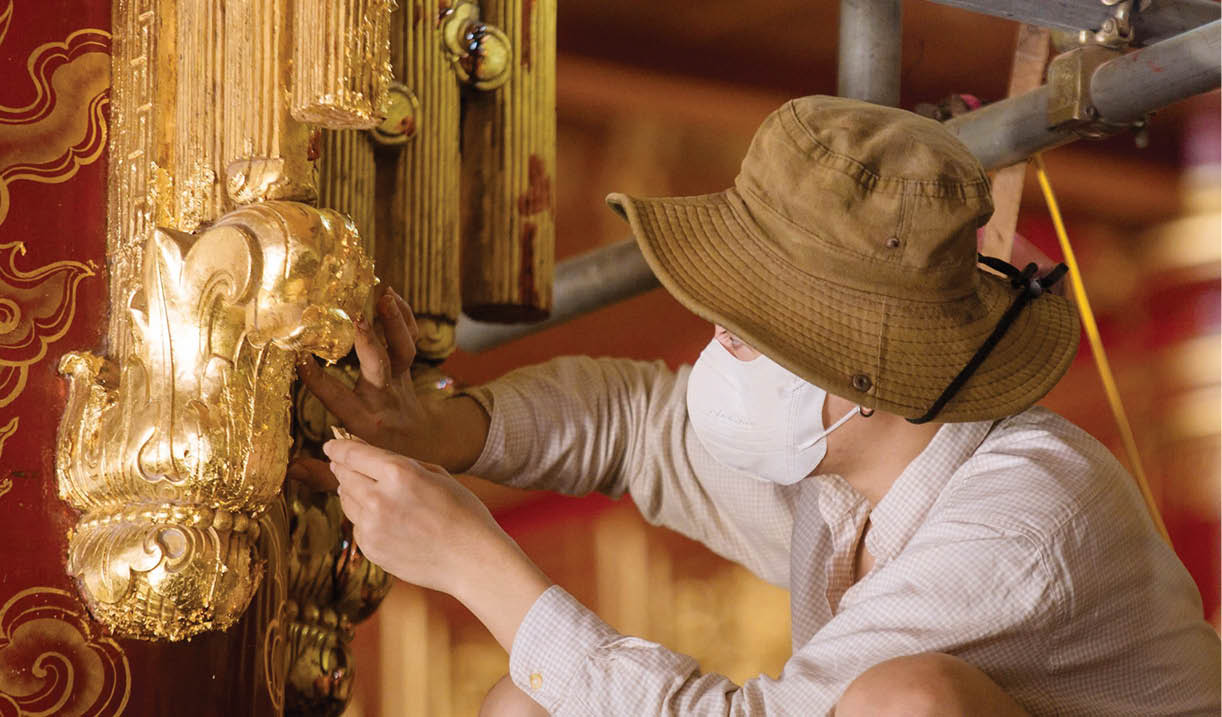



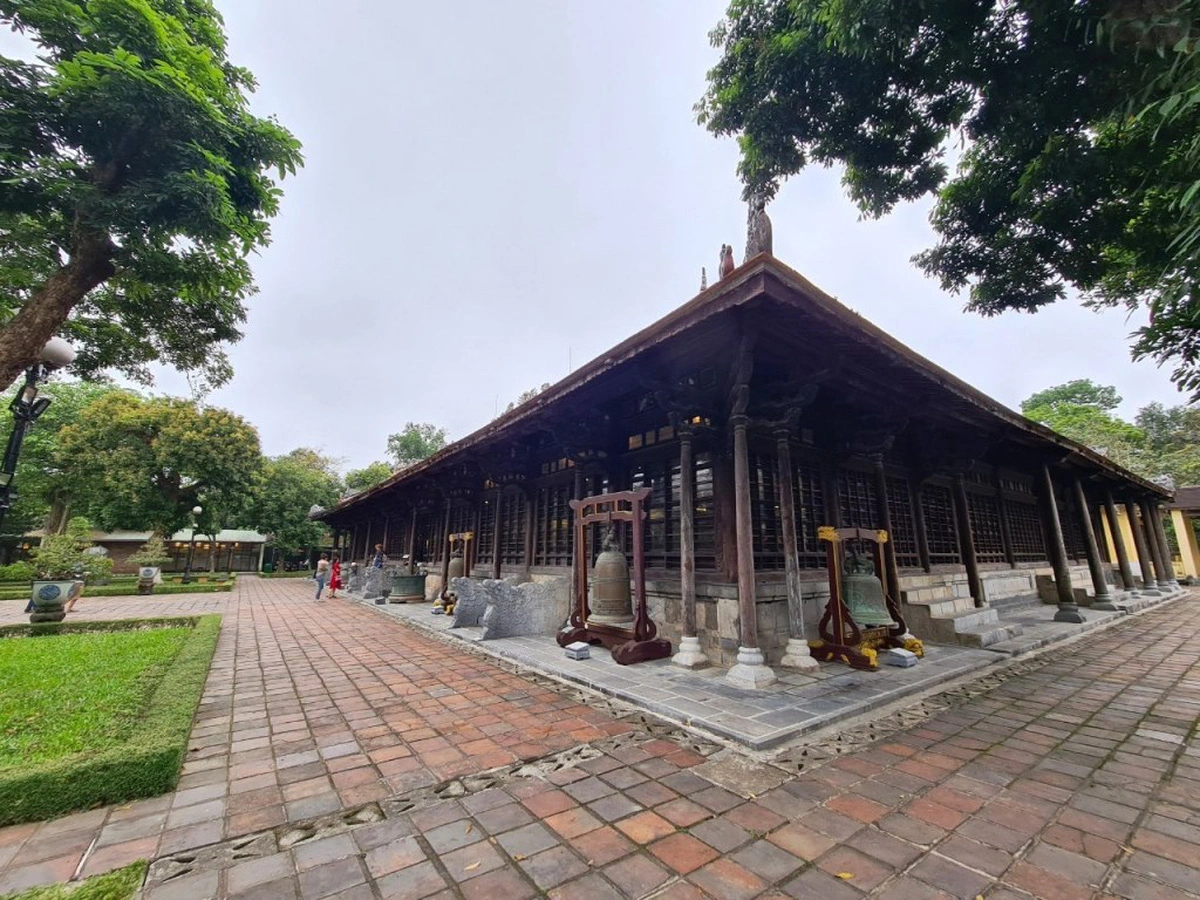

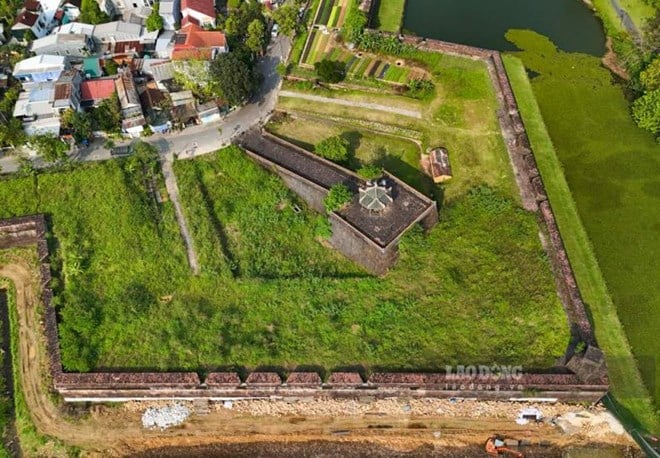
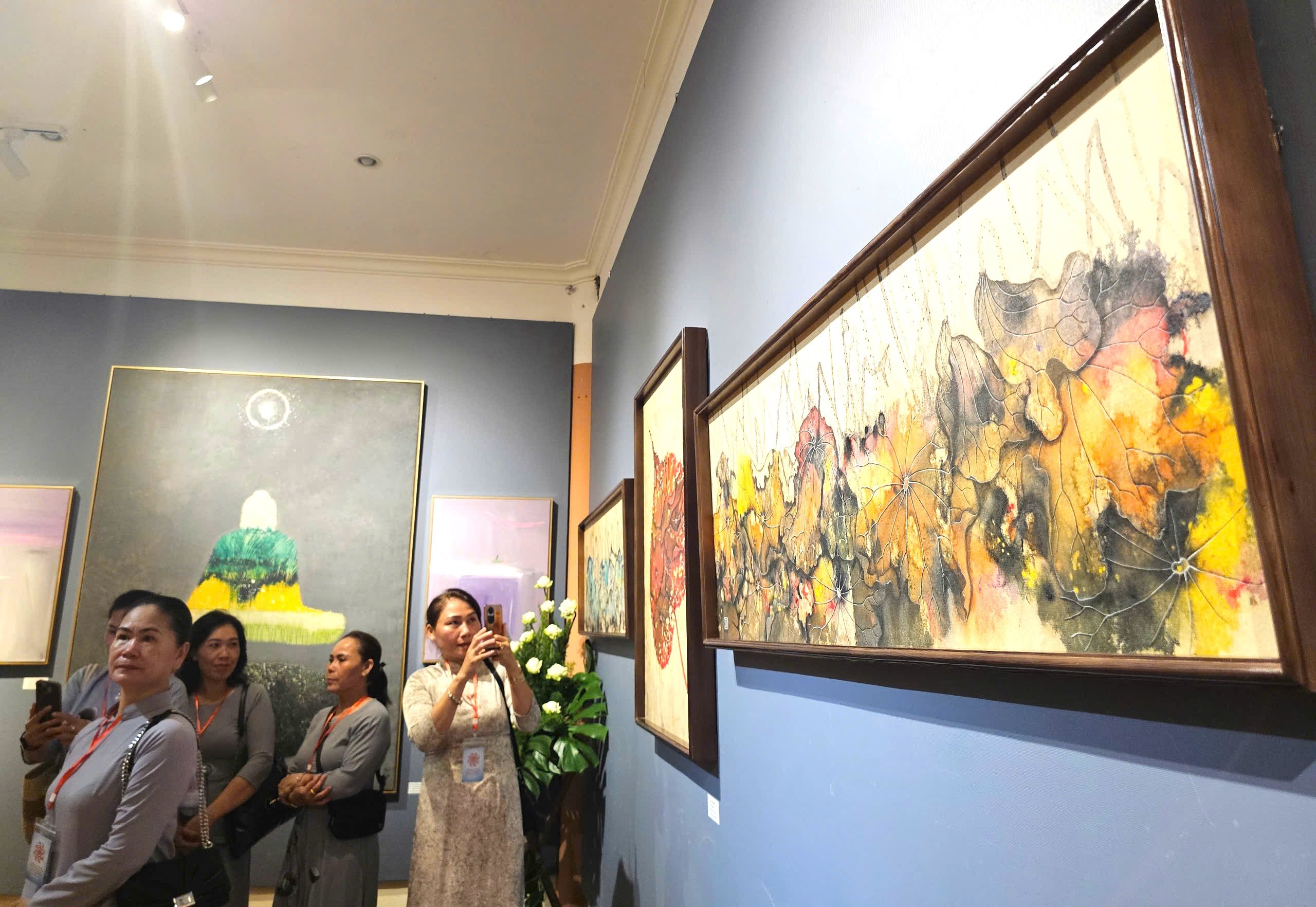
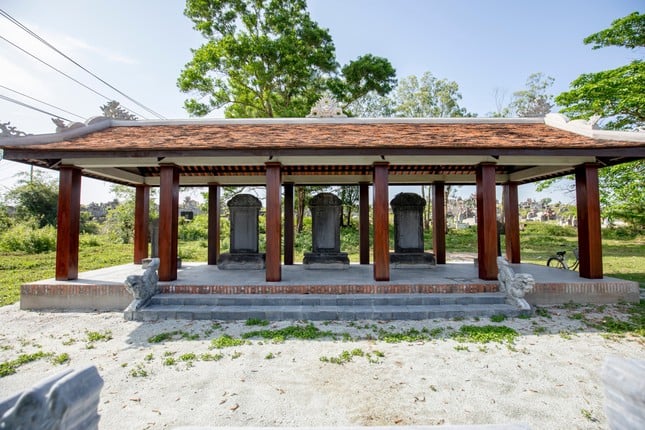




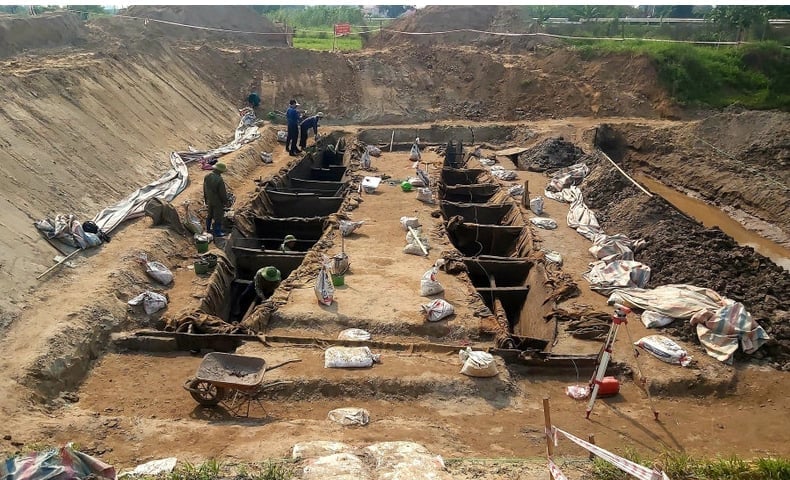
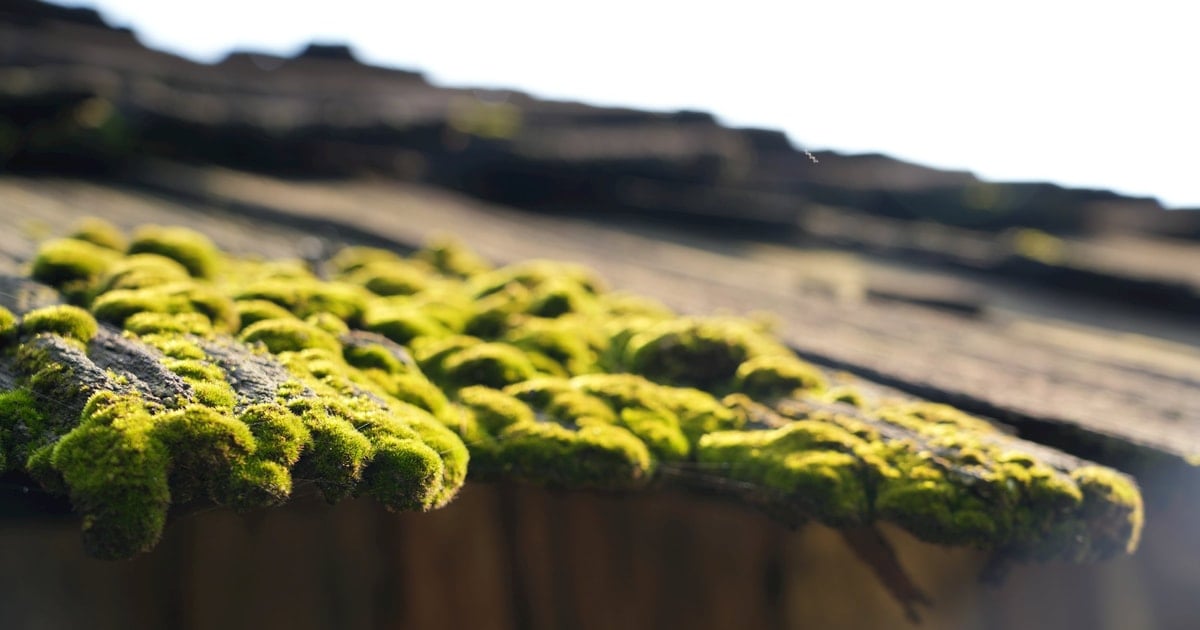
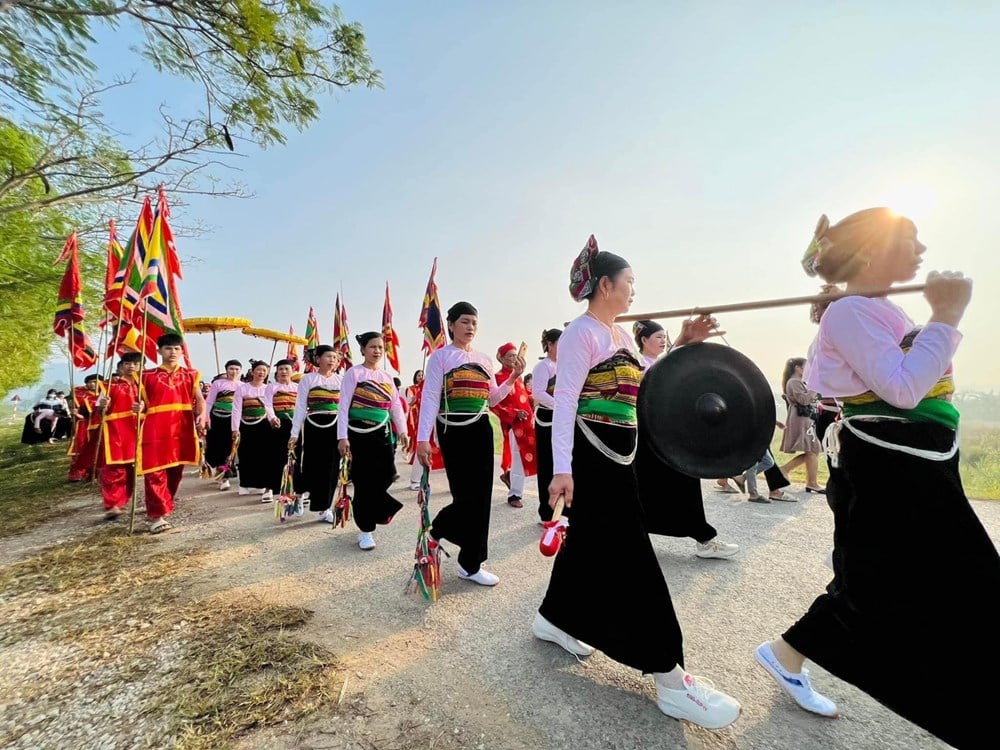




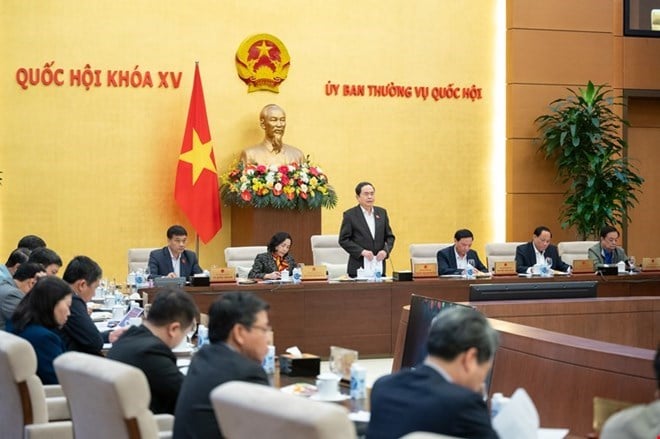
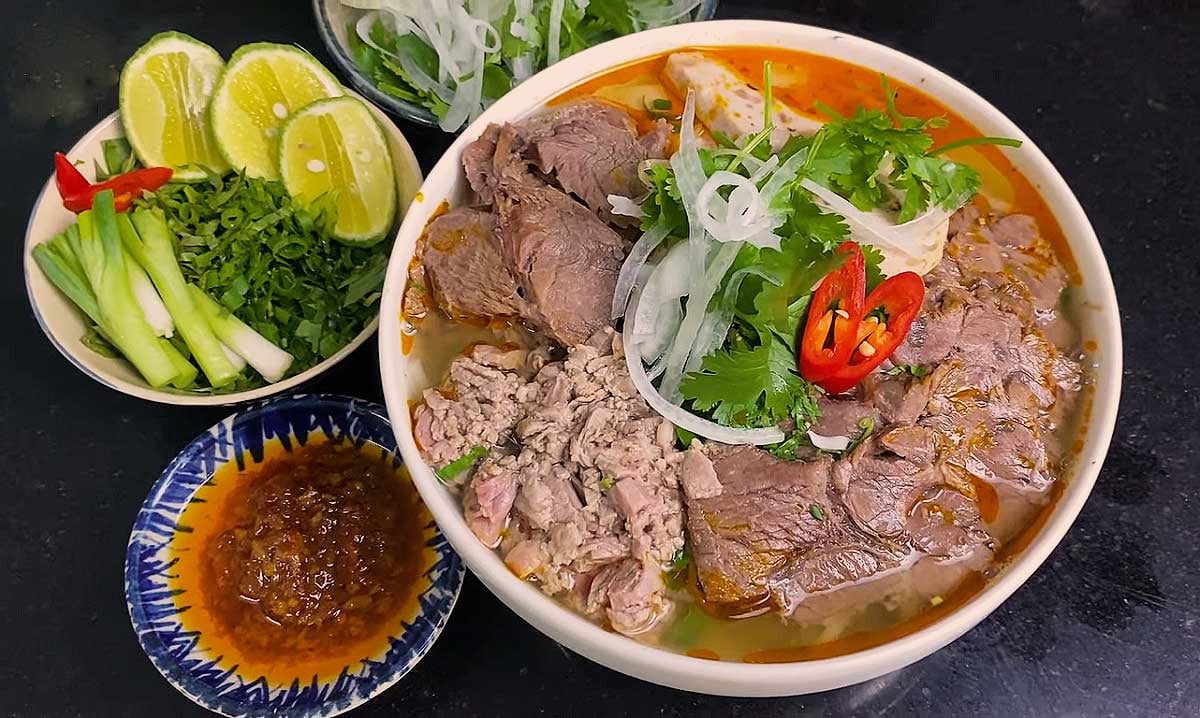
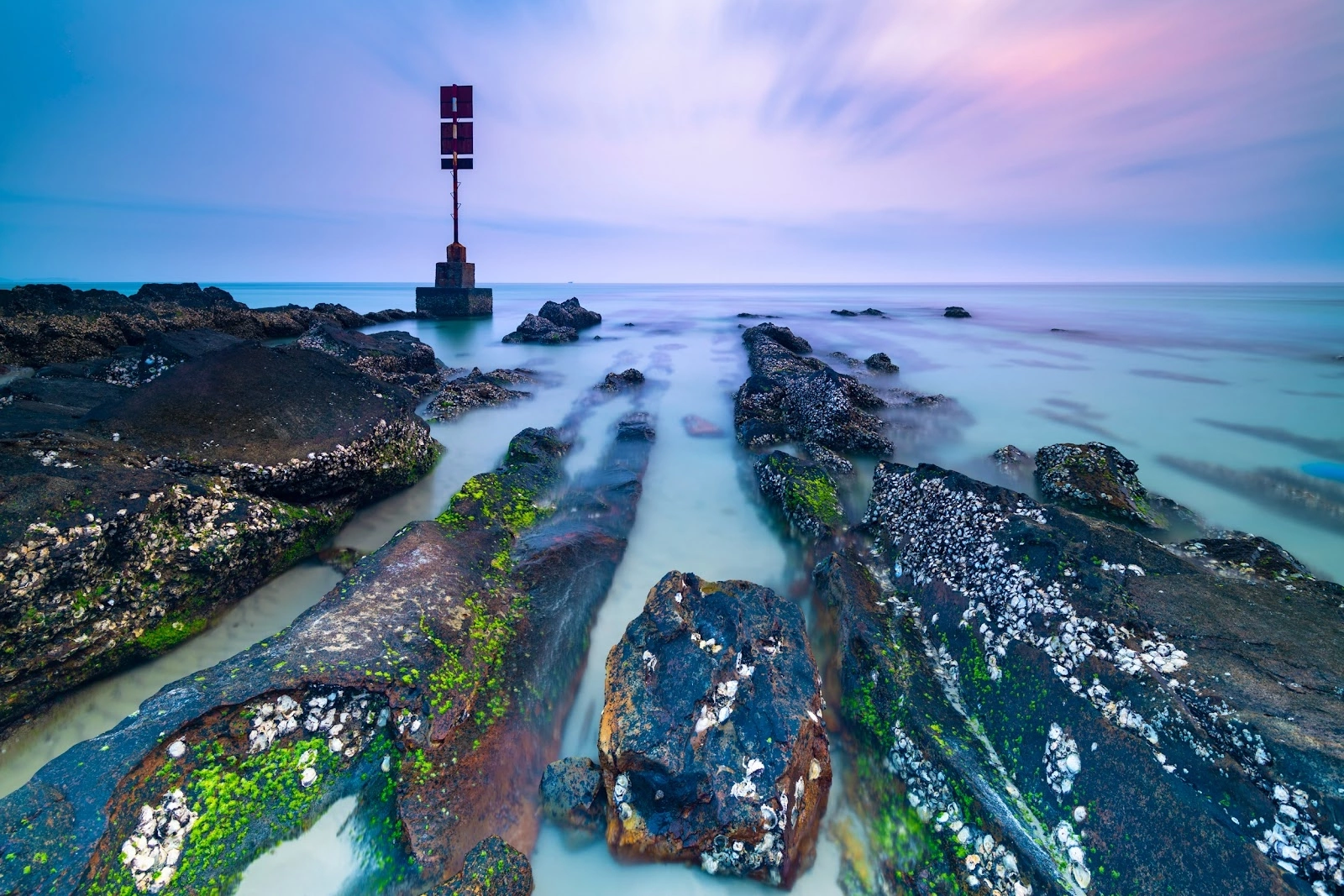
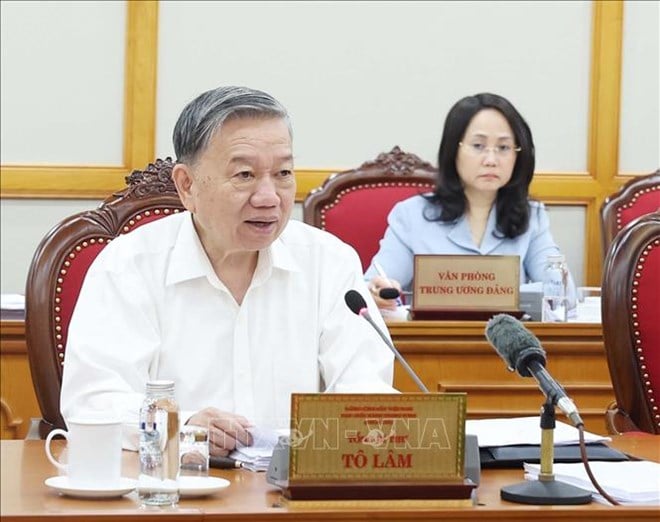
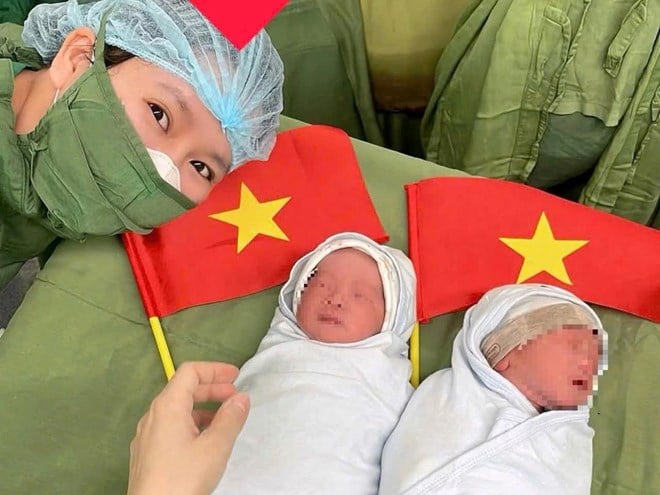
![[Photo] President Luong Cuong presided over the welcoming ceremony and held talks with Sri Lankan President Anura Kumara Dissanayaka](https://vstatic.vietnam.vn/vietnam/resource/IMAGE/2025/5/5/bbb34e48c0194f2e81f59748df3f21c7)










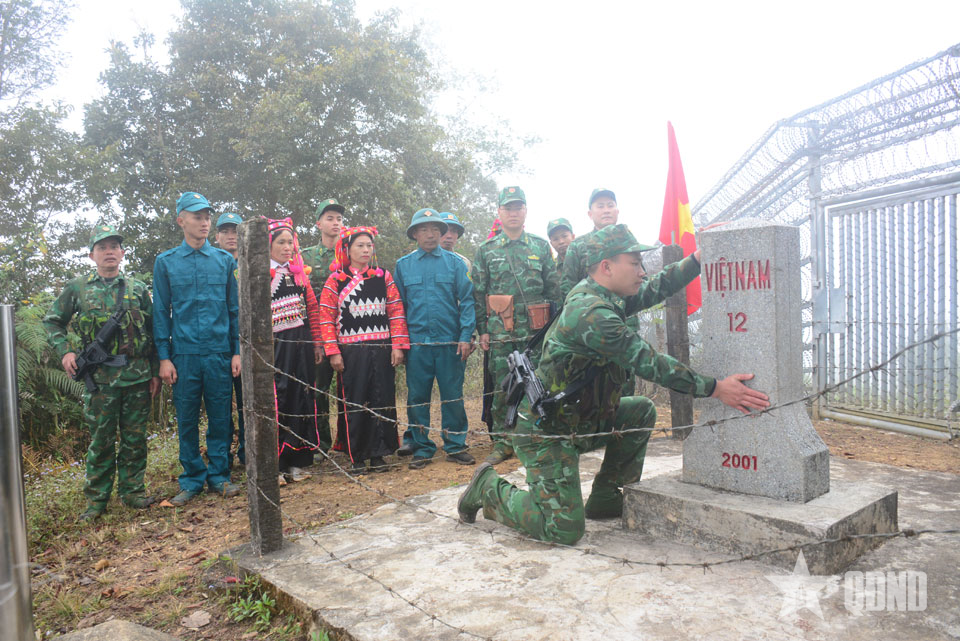






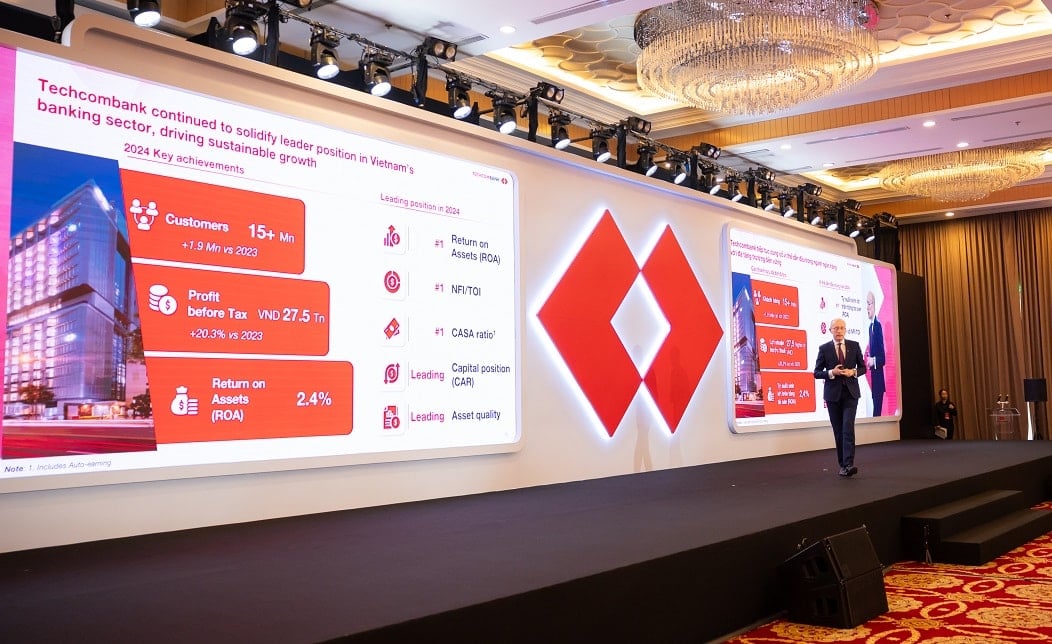

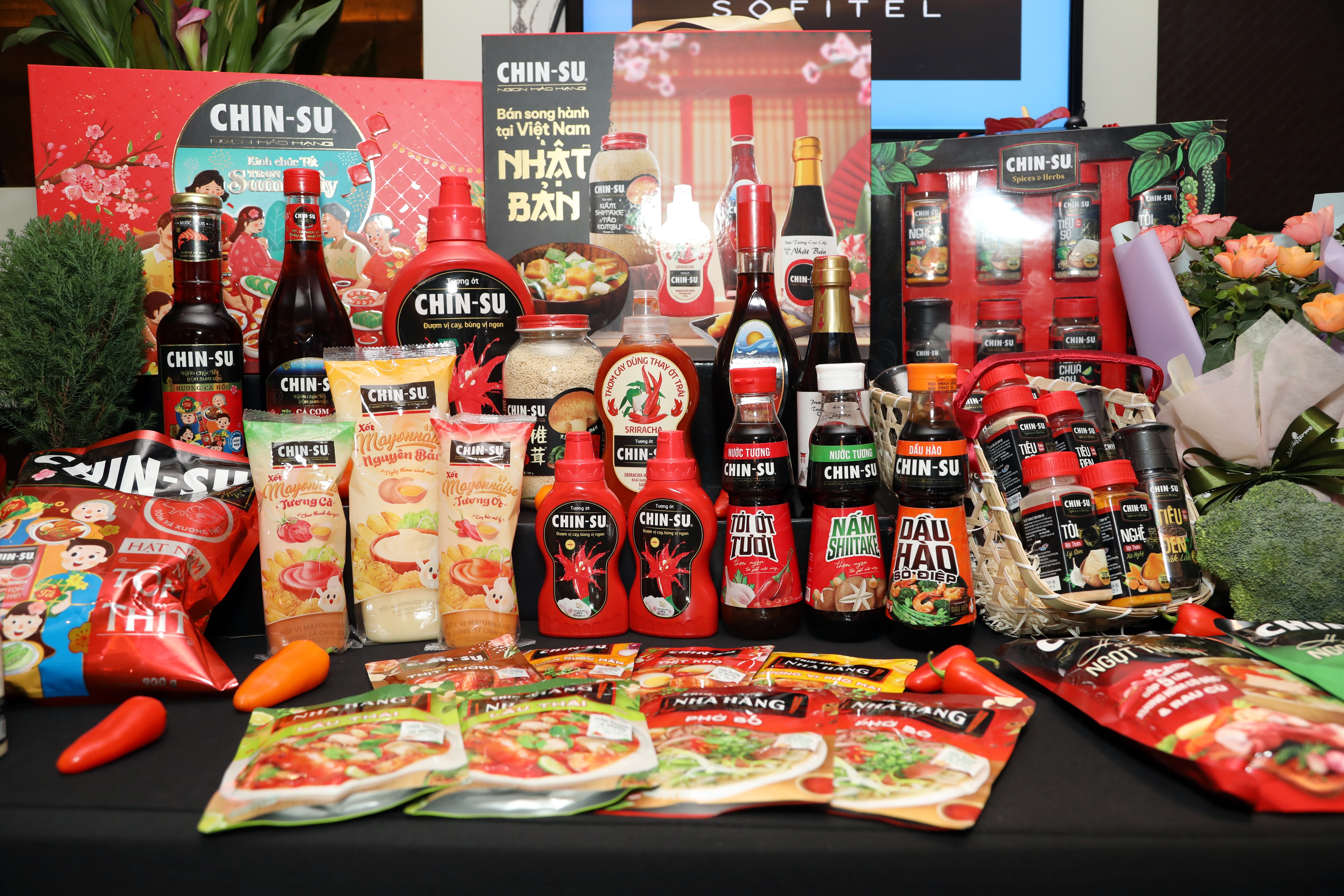







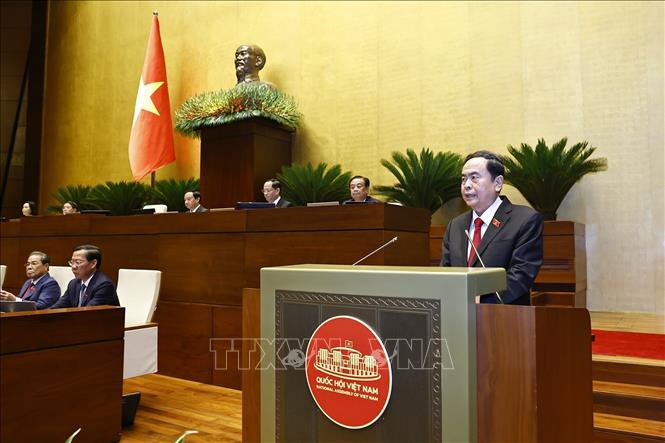






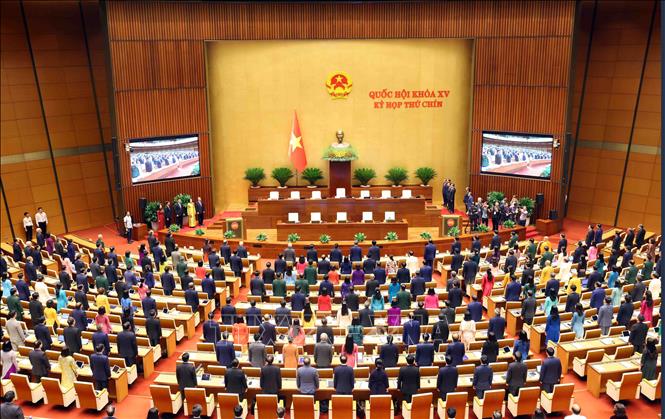

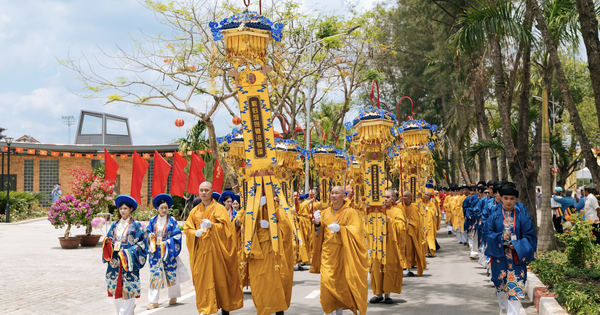




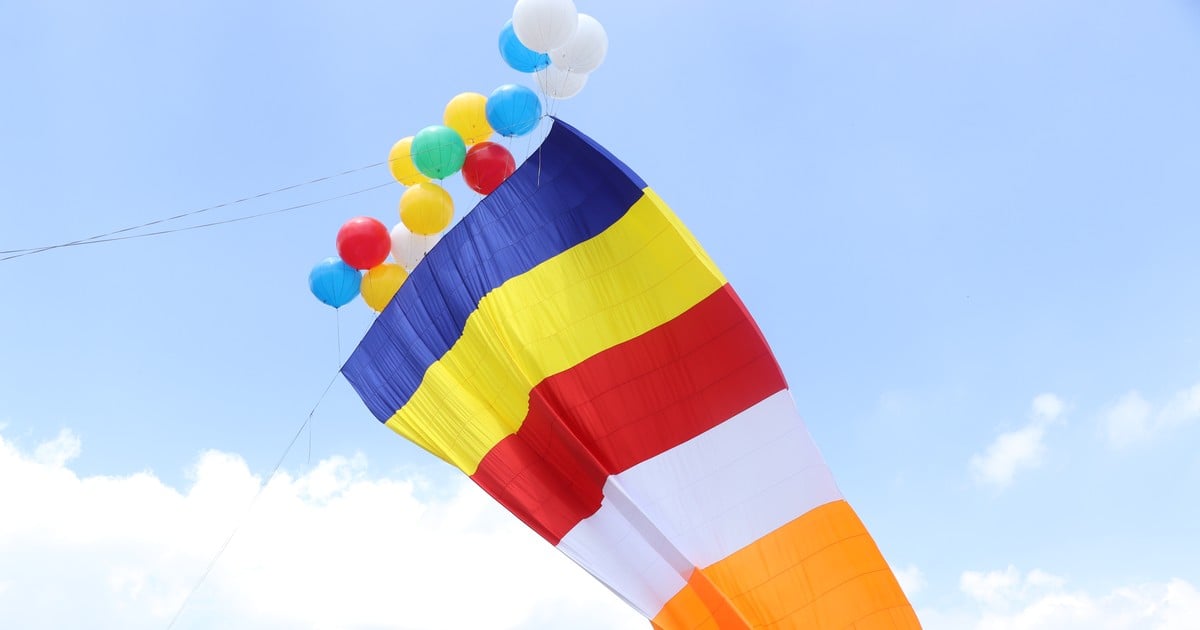




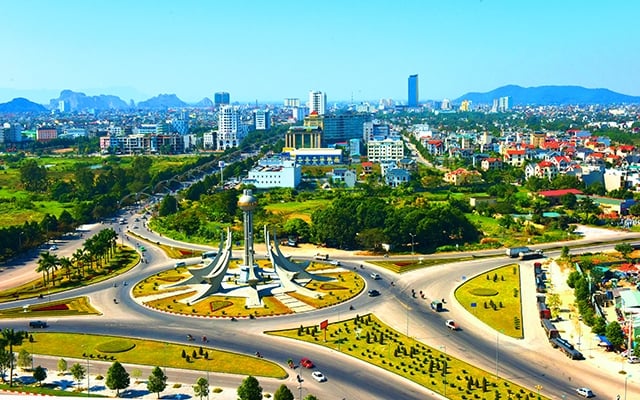




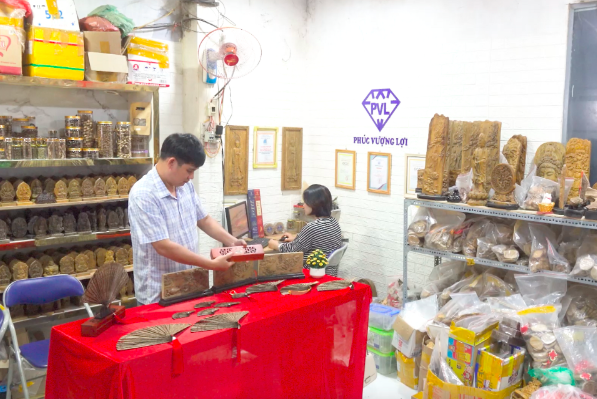



Comment (0)